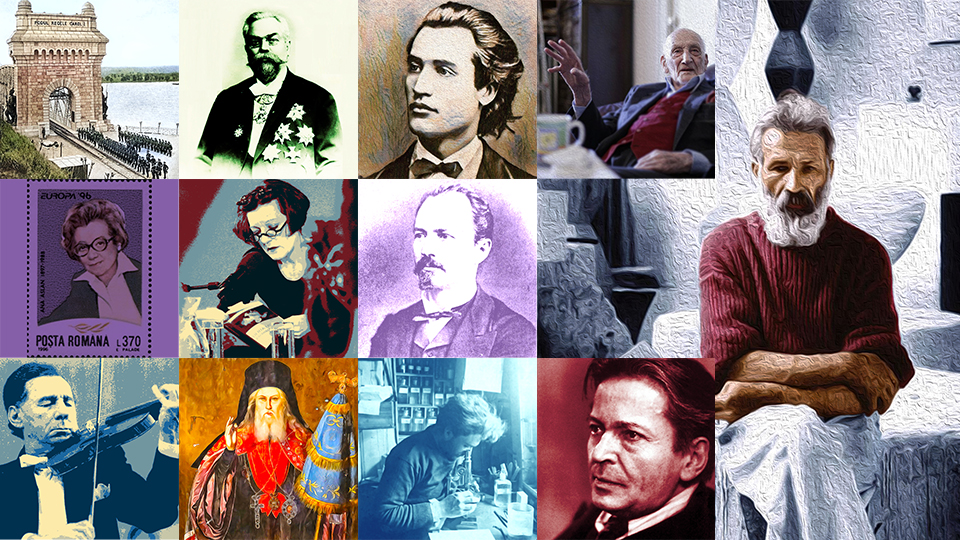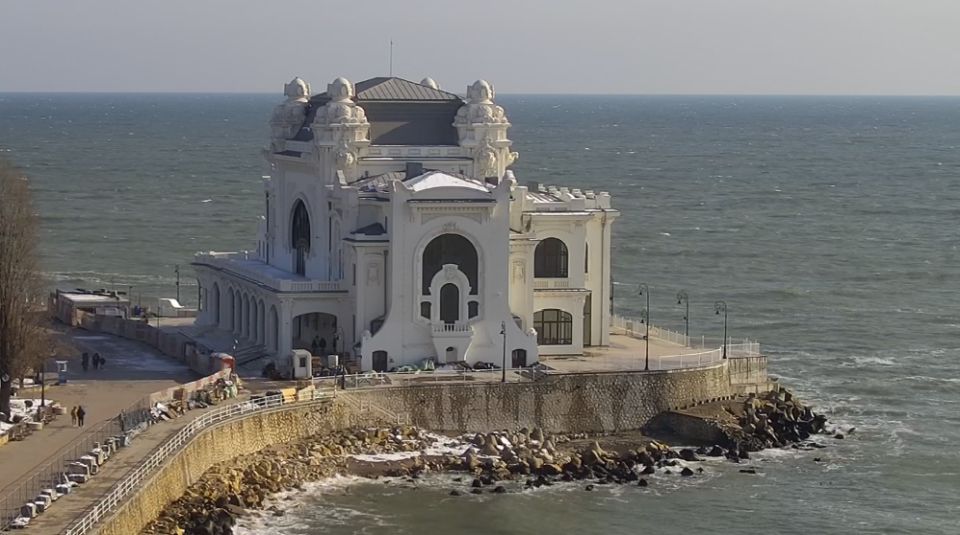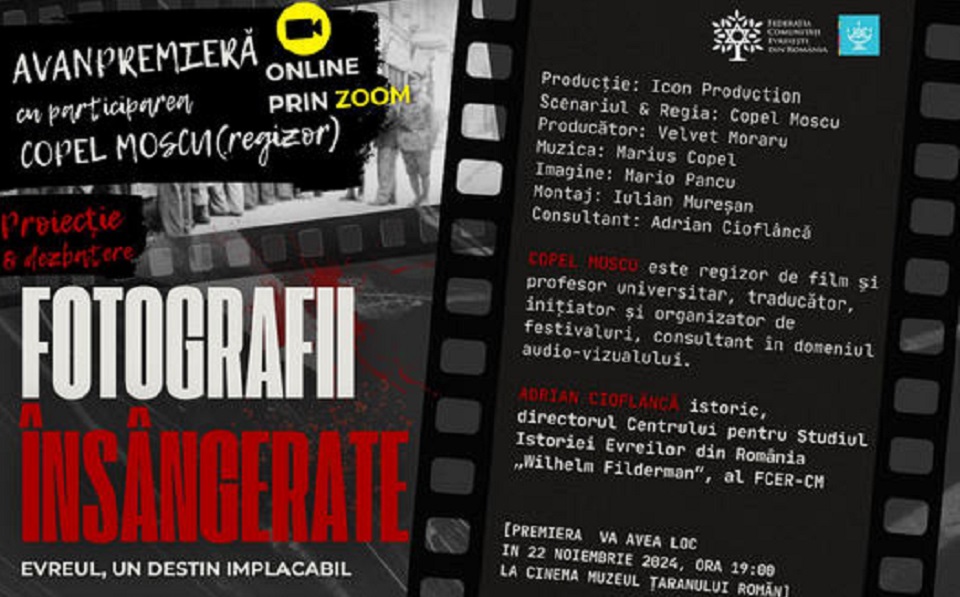Geopolitics in the inter-war years in Romania
One hundred years of Romanian-Estonian relations

Steliu Lambru, 24.09.2021, 14:00
Europa is a continent of cultures and nations created
by the Greek and Latin world and by Christianity afterwards. It is the most
widely-accepted definition of Europe as it was laid out by most of those who
wrote about Europe, in a bid to decipher its secrets. In time, the
aforementioned cultural values made it possible for the geographical distances
to shrink. Nations lying quite afar from one another or even at the farther end
of the map discovered themselves mutually and even came closer to one another,
whenever historical circumstances allowed it. Even though they were part of the
same Eastern European Soviet Bloc for 45 years, Romania and Estonia belong to
different geo-cultural areas, to South-eastern and Northern Europe,
respectively. Between 1500 and 1878, Romania was under the influence of the
Ottoman Empire. In turn, Estonia, between 1560 and 1710 was part of Poland and
Sweden, and part of Tsarist Russia, between 1710 and 1918.
Throughout the years, Romanians’ contacts with the
Estonians were scarce, and that for a good reason. Very few people travelled
from one place to another before the emergence of the railroad in the 19th
century. The privilege of traveling was for a limited number of professional
categories. They were the merchants, the diplomats and the military. To that
end, the mutual knowledge of the nations was superficial or existed hardly at
all. A century of Romanian – Estonian diplomatic relations has been marked as of
late. Doru Liciu is Head of the Foreign Affairs Ministry’s diplomatic archives.
Dr Doru Liciu:
As early as the mid-19th
century, Romanian travellers reached Estonia, while Estonian travellers reached
the Romanian Principalities, via various organizations belonging to the former
Russian empire. Once the Russian Empire was dismantled, Estonia proclaimed its
independence in 1918, an undertaking Romania acknowledged immediately
afterwards. In 1921, the diplomatic relations were decided, between the two
countries. Contacts between the two countries dated from the previous
historical period, even earlier, from World War One, when part of the Russian
troops that fought in Romania were made of soldiers and officers coming from
the Baltic countries.
There was indeed a Romanian personality who, even
before World War One, had strong ties with Estonia. He was Mari Ion Pelivan
(1876 – 1954), a legal adviser, a columnist and a Bessarabian deputy with a
seat in the Parliament of then Greater Romania. Pelivan would graduate from the
University of Tartu’s Law School in 1903. The post-World War One period, known
as the Inter-war period in Romania, brought the two nations closer to one
another.
However, the most significant binding element for the two
nations was the then Soviet Union’s aggressive presence. The newly-instated
communist power in Moscow never ceased to claim territories that were once part
of Tsarist Russia, but which the Soviet Union had relinquished, in the wake of
Lenin’s decision whereby each nation on the Russian territory should have the
right to decide their own fate. Estonia,
just like the two other Baltic countries, Lithuania and Latvia, was at that
time building bridges with everybody. One such bridge linked Estonia to
Bucharest.
Doru Liciu:
Subsequently, the two embassies were
opened and both were functioning, in the inter-war period, in the capitals of
the two countries. For quite a long time, services as part of the Romanian
embassy in Estonia were provided by a resident minister in Warsaw, and from
there, the most relevant pieces of information about Estonia were conveyed.
Later, embassies were opened, in Tallin but also in Bucharest.
Through the famous Molotov-Ribbentrop pact or the
Hitler-Stalin pact signed on August 23, 1939, Eastern Europe was divided
between Nazi Germany and Soviet Russia. Ob June 16, then the USSR issued
Estonia an ultimatum, demanding its consent for the Soviet army to be deployed
there, and for a Pro-Soviet government to be instated. The Estonian government
rejected the proposal and the following day, June 17, the USSR occupied the
country and instated the communist regime. On August 16, 1940, Estonia was
annexed to the USSR. In the same vein, nine days later, on June 26 and June 27,
1940, the Soviet Union issued two ultimatums to Romania, demanding the
retrocession of Bessarabia and Northern Bukovina. Regimes of terror reigned
supreme in those countries for the following 45 years. 1940 is the year when
the Romanian-Estonian relations ceased.
Doru Liciu:
Unfortunately,
the aftermath of all that was just as we know it, the Baltic States were
brutally occupied by the Soviet Union in 1940, the same year when Romania had
to cede part of its historical territory, which until 1812 had no connection
whatsoever with, and was in no way part of then the Russian Empire. During the
Soviet regime, there was no state-level contact, Estonia, as a republic, became
part and parcel of the Soviet Union. We all know that from Estonia,
intellectuals would come to Romania, as well as traditional ensembles, fine
artists who had their works on display in the country. Likewise, in
Estonia, rather seldom, but somewhat regularly, Romanians were present, coming
from various walks of life.
Once the communist regime was toppled in 1989 and once
Estonia gained its independence in 1991, Romania resumed it relations with
Estonia. Bilateral relations were enhanced especially when both states
gained their NATO and EU accession.
(Translation by Eugen Nasta)





























